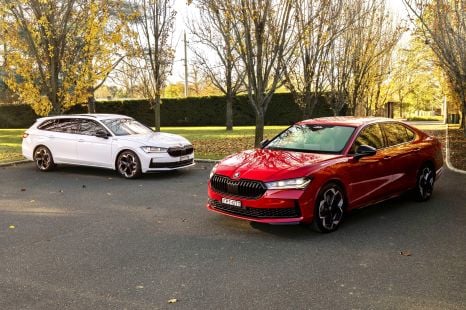

Max Davies
2025 Skoda Superb Sportline review
3 Months Ago
Volkswagen Australia's smallest car was always accomplished, but this mid-life update has improved it again. It's not cheap, though.
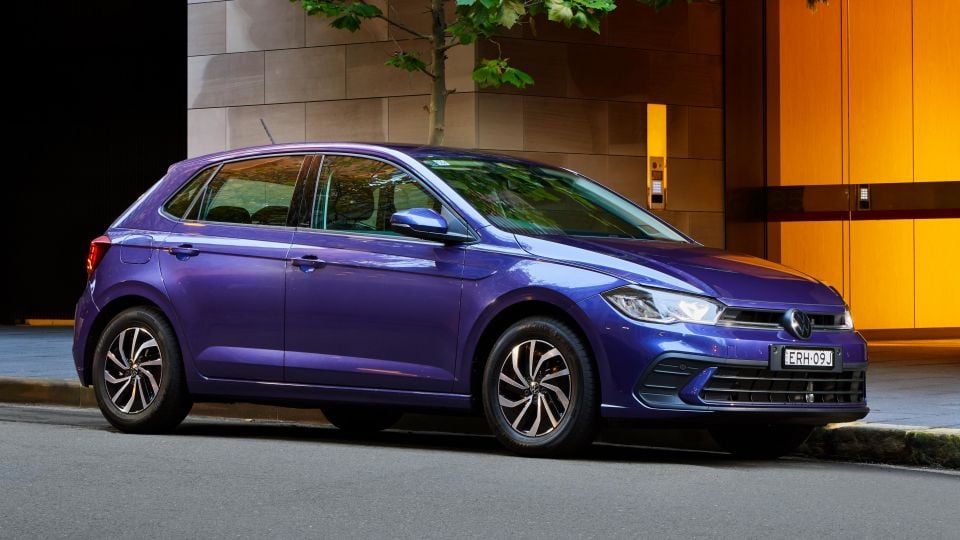


Quickly see how this car stacks up against its competition. Select any benchmark to see more details.
Where expert car reviews meet expert car buying – CarExpert gives you trusted advice, personalised service and real savings on your next new car.
The days of cheap and cheerful city cars are all but gone in Australia.
From the Toyota Yaris to the Mazda 2, with the Kia Rio in between, the price of small cars is on the rise as carmakers squeeze in more powerful engines, modern safety equipment, and features traditionally reserved for bigger cars.
The Volkswagen Polo is a supermini, but it’s not really known for its cheapness or cheerfulness. We’ve seen models with sharp prices over the past decade, but the Polo is focused on offering the refinement you’d expect of a bigger car in a city-sized package.

Revealed in 2017, the current sixth-generation car epitomises that approach with the sort of interior space and technology previously reserved for a Golf.
The facelifted version starting to touch down in Australia takes that a step further, with a raft of new features nicked from bigger, more expensive Volkswagen models. You get more standard equipment across the board, including some features none of its rivals can match… but prices are also up.
You’ll struggle to get into an automatic Polo for less than $30,000, and the Polo GTI is now a $40,000 car. Whichever way you spin it, that’s a lot of money for a little car.
Can the fresh-faced Polo justify its steeper sticker?
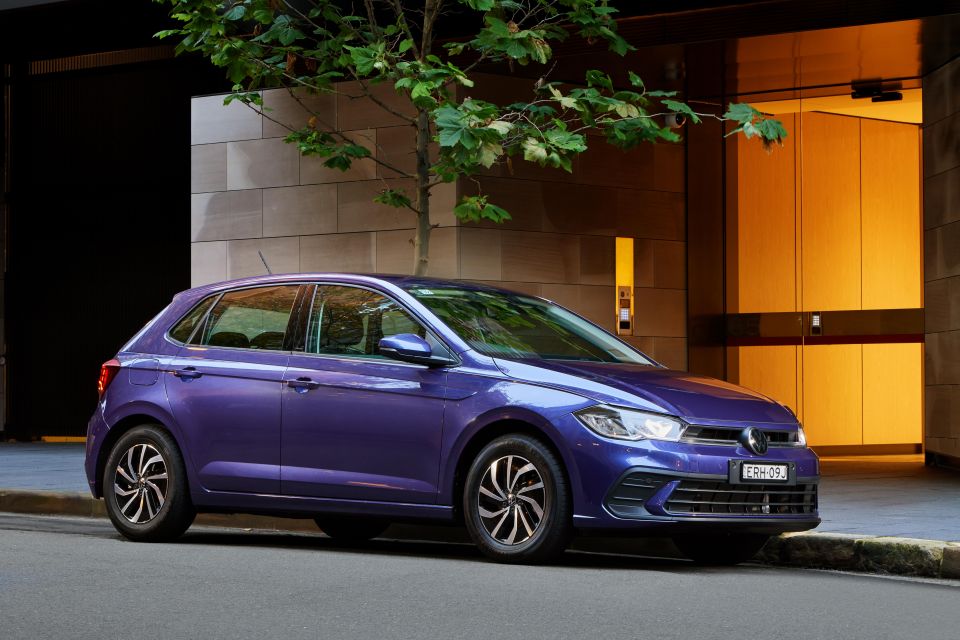
The base Polo Life kicks off at $25,250 before on-roads, but it features a less powerful engine and an unfashionable five-speed manual transmission. It’s likely to sell in very limited numbers.
Moving to the Polo Life DSG bumps the price to $28,250 before on-roads, equivalent to more than $30,000 once on-road costs and options are accounted for.
The mid-range Style has now cracked the $30,000 barrier and, with one of its two options added, is nudging the price you’ll pay for an Audi A1 ($33,800 before on-roads) with the same engine.
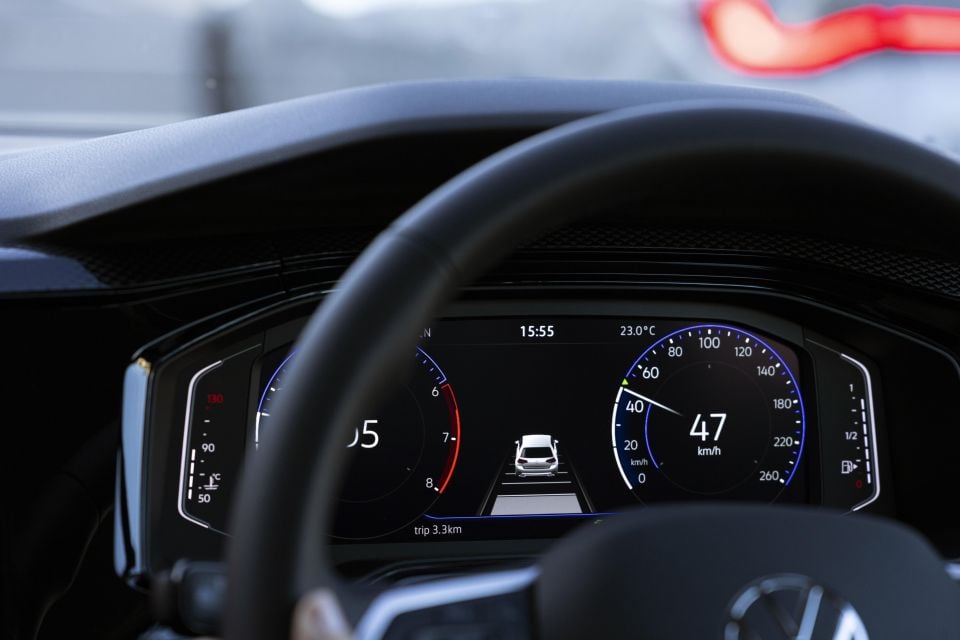
The Polo has more kit than the Audi, but the four-ringed emblem on the A1’s nose does carry some weight.
The range-topping Toyota Yaris ZR Hybrid is priced at $32,200 before on-roads, while the Kia Rio and Mazda 2 ranges don’t come close to extending into the $30,000 bracket.
Volkswagen would argue the 351L boot and stacked feature list of the Polo also make it a rival to the Toyota Corolla (up to $34,695) and Kia Cerato (up to $27,990 drive-away).
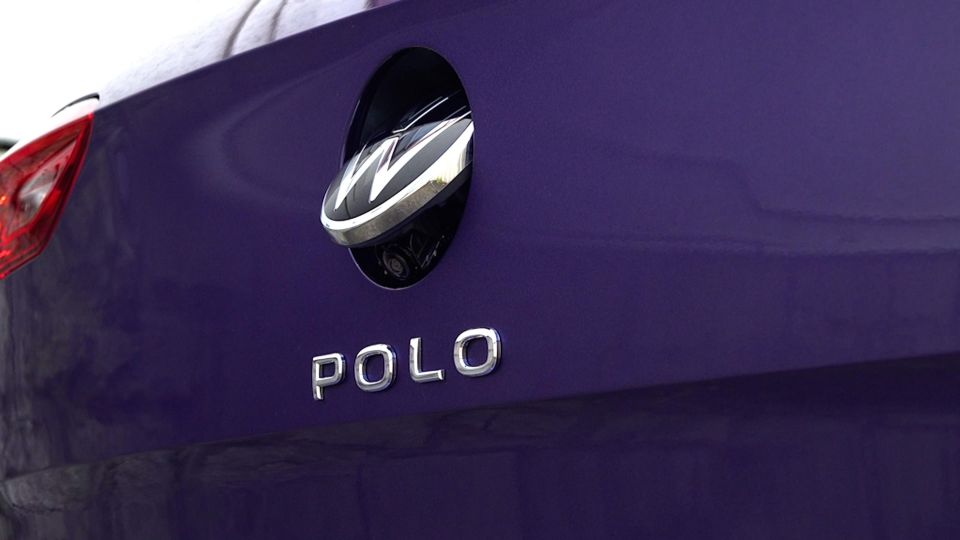
2022 Volkswagen Polo pricing:
All prices exclude on-road costs.
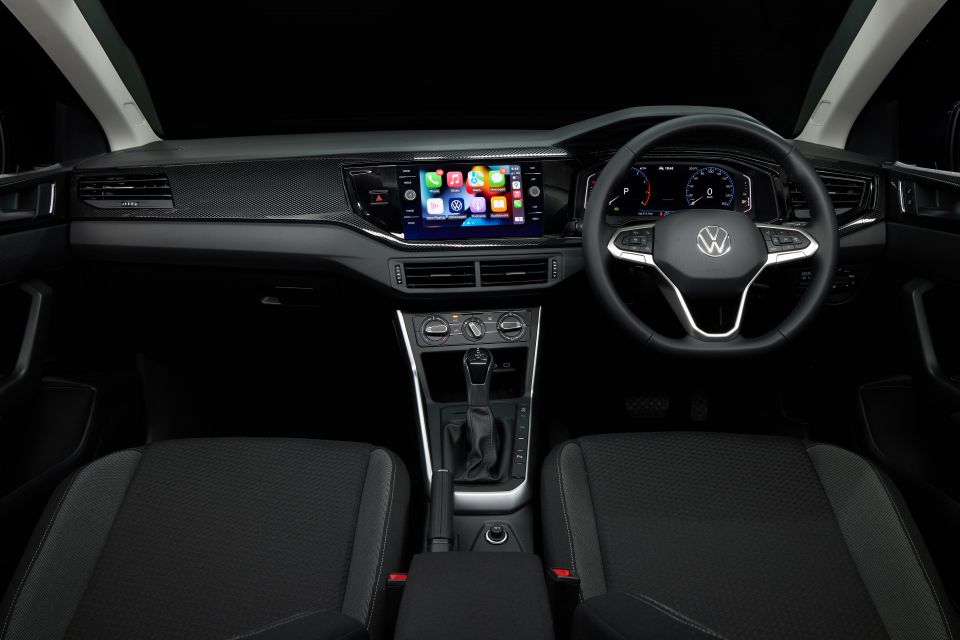
Buy your new car without the stress. It's fast, simple and completely free.

Great service from Travis and team, second time I have used this business would not hesitate to recommend them to anyone
Craig C.
Purchased a Ford Ranger in Sunshine Coast, QLD
CarExpert helped Craig save $7,224 on his Ford Ranger, now let us save you on your next new car.
Get your BEST priceThe update still looks like a Polo behind the wheel, but the familiar straight-edged design has been lifted with ambient lighting, fresh technology, and niceties such as a central armrest across the range.
Volkswagen put a focus on the little things at its Polo launch, pointing out its smallest car has backlit vanity mirrors for both the driver and passenger, leather trim on the handbrake and steering wheel, four USB-C ports, an auto-dipping passenger mirror, and a variable-height boot floor.
They’re the sort of things that traditionally have been excluded from city hatches, but they’re a necessity given the price point the Polo now occupies. There’s still plenty of hard plastic around but most of what you touch feels good, and there’s no questioning the fundamentals are solid.

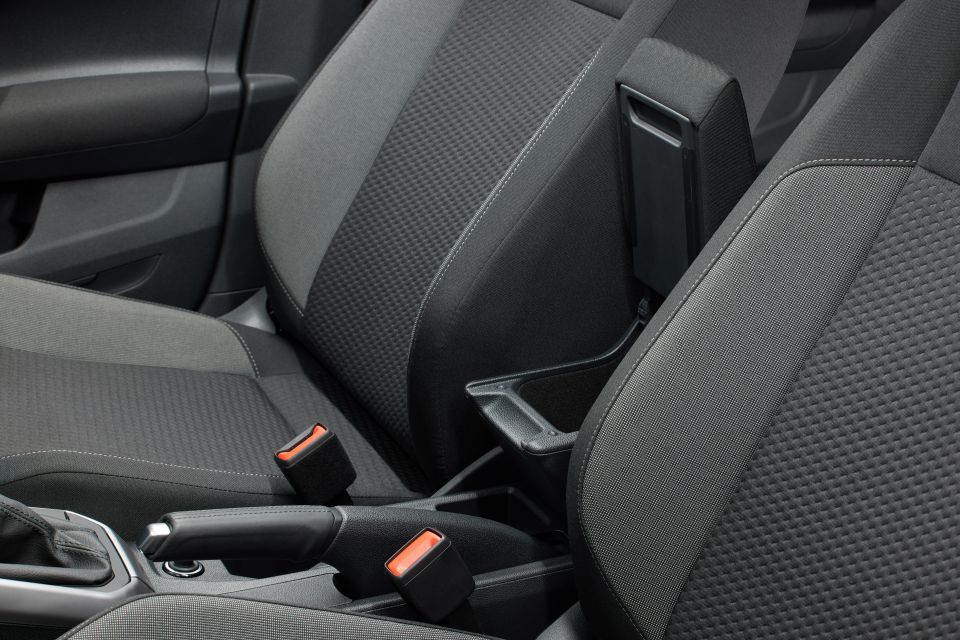
The seating position is accomodating for a huge range of body shapes, including tall weirdos like myself, and the seats themselves offer a nice blend of bolstering and cushioning.
Gone are the simple analogue dials from the base mode, replaced with an 8.0-inch digital instrument binnacle capable of mimicking old-fashioned clocks, or of framing key information in interesting new ways. Opting for the Sound & Vision Pack in the base model, or opting for the Style, gets you a 10.25-inch digital cluster capable of showing live mapping.
It’s a mirror image of what’s on offer in higher-end Volkswagen products, and blows away what’s on offer elsewhere in the class – especially with the bigger screen and mapping capability. Likewise the infotainment system, which even in its more basic guise now offers wireless smartphone mirroring and wireless phone charging.
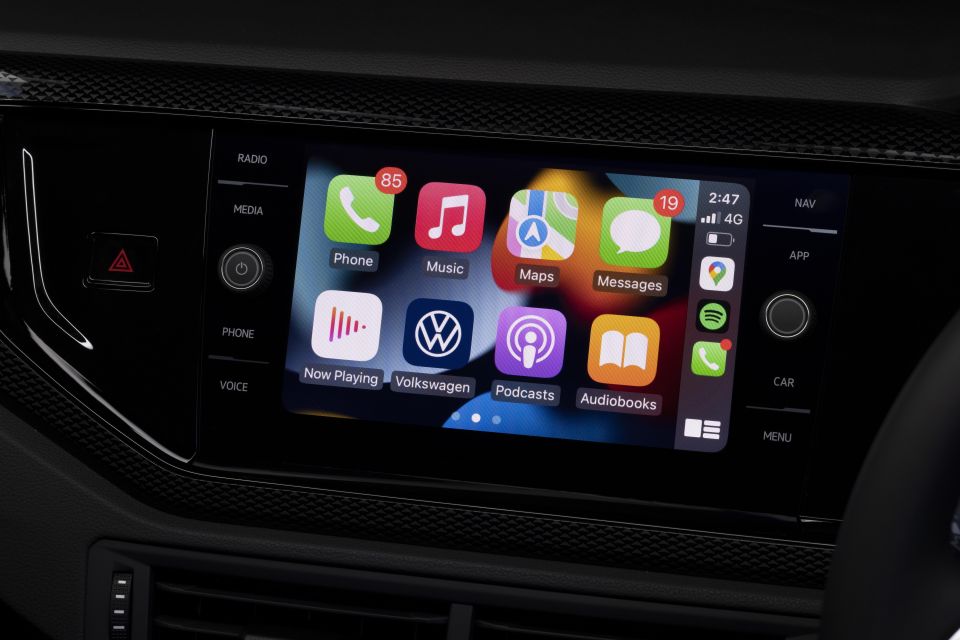

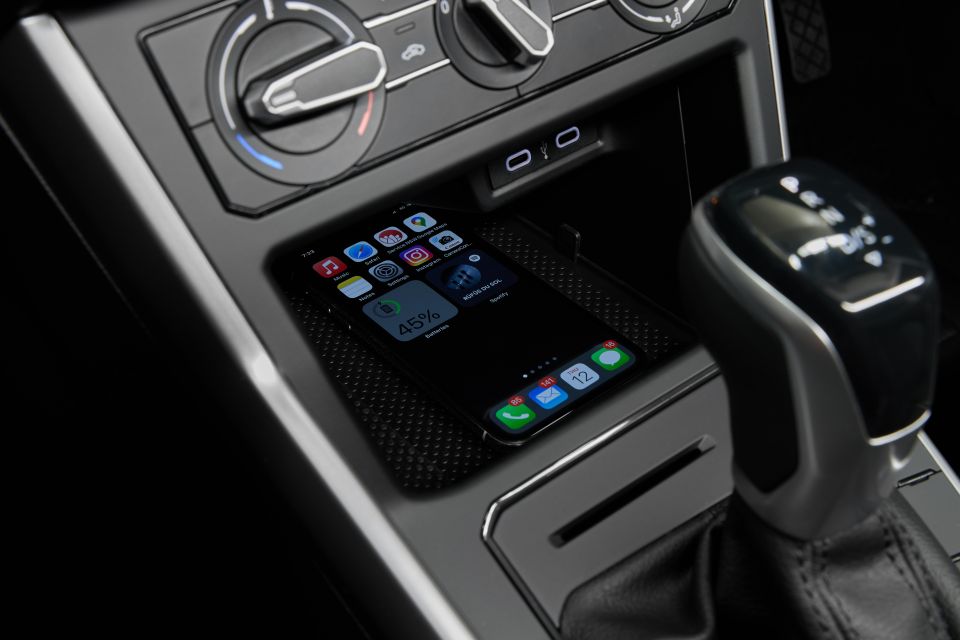

The system is easy to use, and responds sharply to inputs. Although it’s a touch-based gloss black unit, Volkswagen has also stuck with a proper climate control binnacle here.
Even with the fancy screens and ambient lighting, we’d still love a bit more colour inside. Grey and black are the dominant colours, and no amount of big screens can change that.
Storage is decent given the Polo’s diminutive size. There’s a wallet-sized slot beneath the padded central armrest, cupholders next to the handbrake, decent door bins, and a space beneath the dashboard with your wireless phone charger.
Rear seat space is impressive, enabled by the fact this Polo is actually the same size as a Mk4 Golf on the outside.
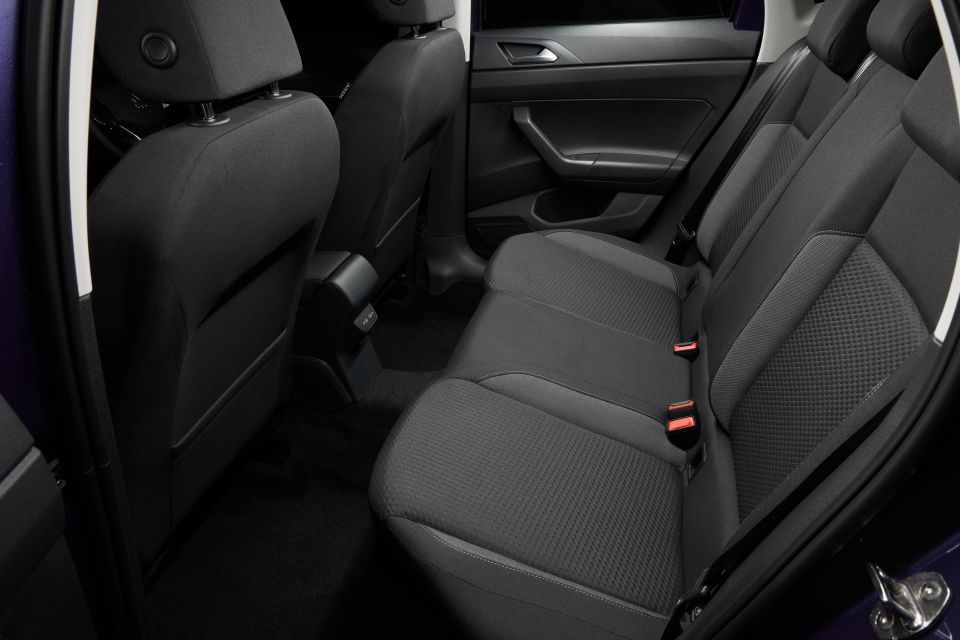
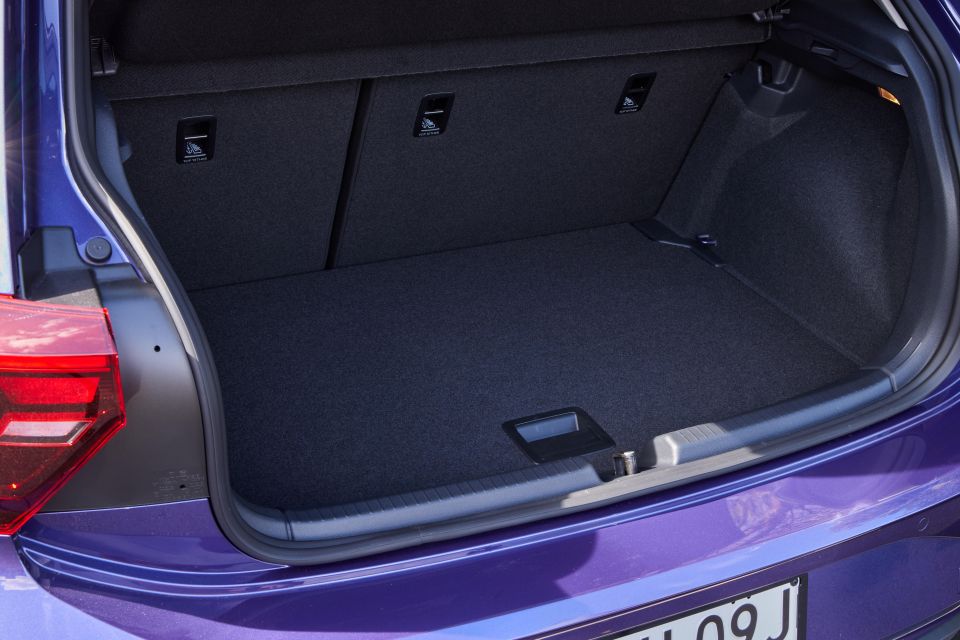

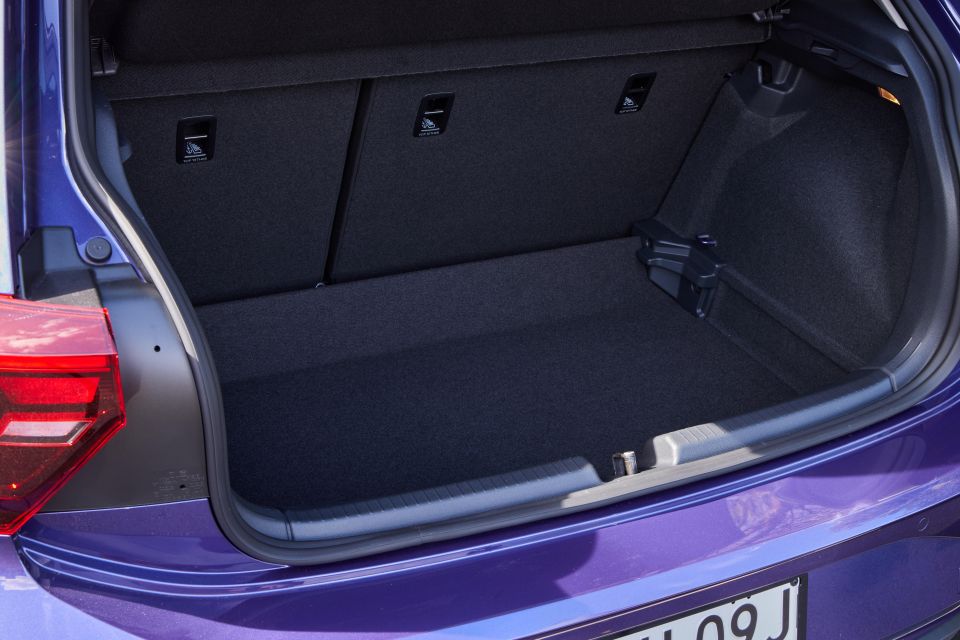
The dual USB-C ports are a nice touch, although a fold-down central armrest or air vents would make it even more grown up back there. You get two ISOFIX anchor points, and three top tether mounts for child seats.
Not only do the rear door open nice and wide, there’s enough headroom for adults to sit comfortably, and enough legroom that kids or teenagers will be able to spend a bit of time back there without complaining.
The Golf has it covered, but there’s some truth to Volkswagen’s claims the Polo is knocking on the door of Corolla and Mazda 3 hatch-sized in the rear.
Boot space is a claimed 351 litres, expanding to 1125L with the second row folded. It’s a broad, flat space that’ll swallow a couple of oversized suitcases, and hides a full-sized spare wheel beneath its floor.
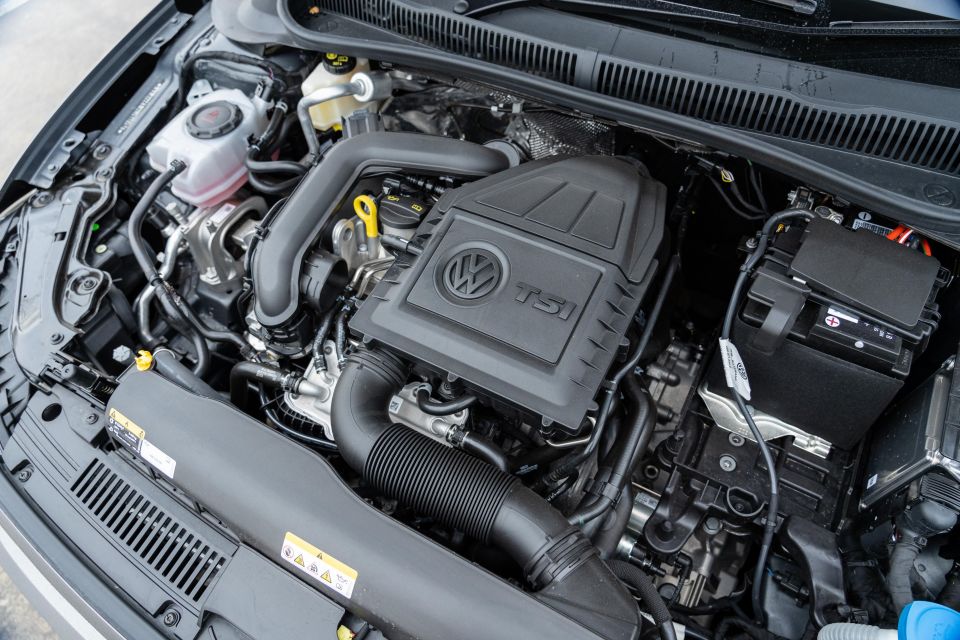
Power in the regular Polo range comes from the same 1.0-litre turbocharged three-cylinder petrol engine as before, making 70kW and 175Nm in the base Polo Life manual.
In models fitted with the seven-speed dual-clutch transmission, the same engine outputs 85kW and 200Nm. All Polo models are front-wheel drive.
Both 70kW and 85kW models use a claimed 5.4 litres per 100km on the combined cycle, while the Polo GTI uses a claimed 6.5 litres per 100km.
All models drink 95 RON premium unleaded.
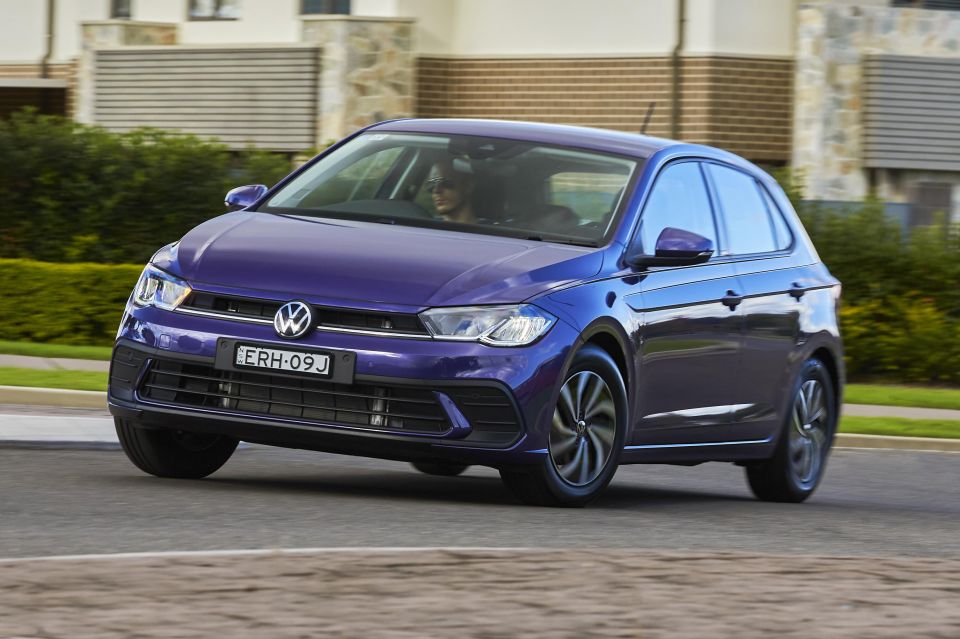
For all that’s changed in the Polo, the way it drives is roundly the same as before its mid-life update.
The 85TSI engine in the Polo Life and Style is unchanged, as is the seven-speed DSG transmission. It’s a willing little powertrain, with performance that belies its diminutive displacement.
The engine is quiet from the second you turn it on, and settles immediately into a smooth idle. It has a rumbly three-cylinder sound when you put your foot down, but it’s well suppressed relative to similar engines in rivals.
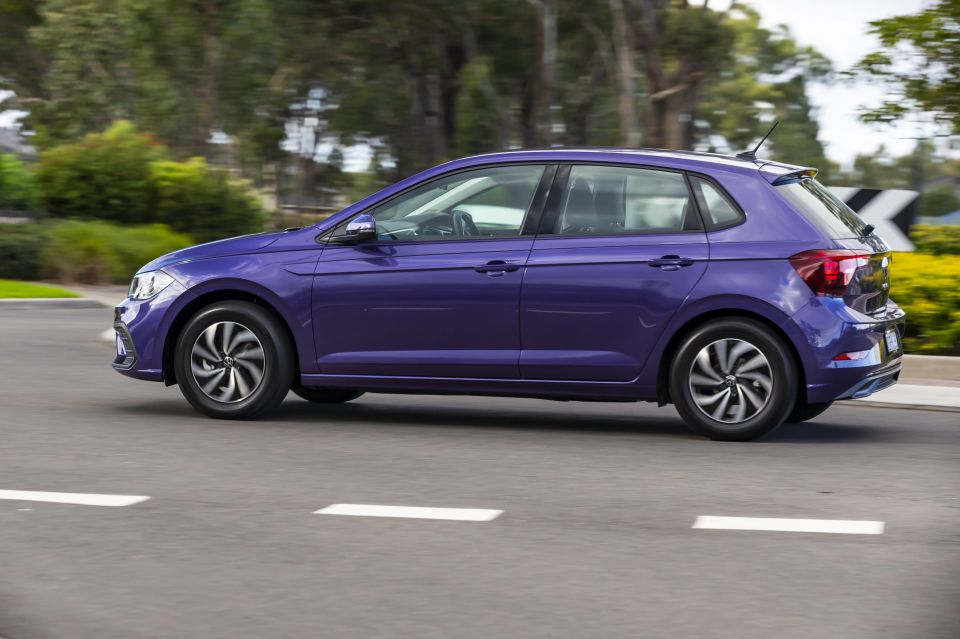
Volkswagen is better at making dual-clutch transmissions smooth off the mark when they’re paired with low-output engines, but there’s still some low-speed awkwardness in the Polo. It takes a bit of adjustment after driving a car with a torque converter auto, but once you’re dialled into what’s required it’s not going to cause too many headaches.
Once you’re rolling, the DSG is impressive. When you’re light on the throttle it shuffles unobtrusively through the lower gears; put your foot down and it kicks down quickly to drop you right in the meat of the torque band.
Often, a mid-life facelift brings about bigger wheels with skinnier tyres. Volkswagen has resisted the temptation to do that in the Polo, instead sticking with 15-inch wheels on the base Life, and 16-inch units on the range-topping Style.
Coupled with soft suspension, the little wheels give the Polo a lovely ride over pockmarked roads. There’s a bit of body roll in the corners, but the GTI is meant to the be the sporty one anyway.
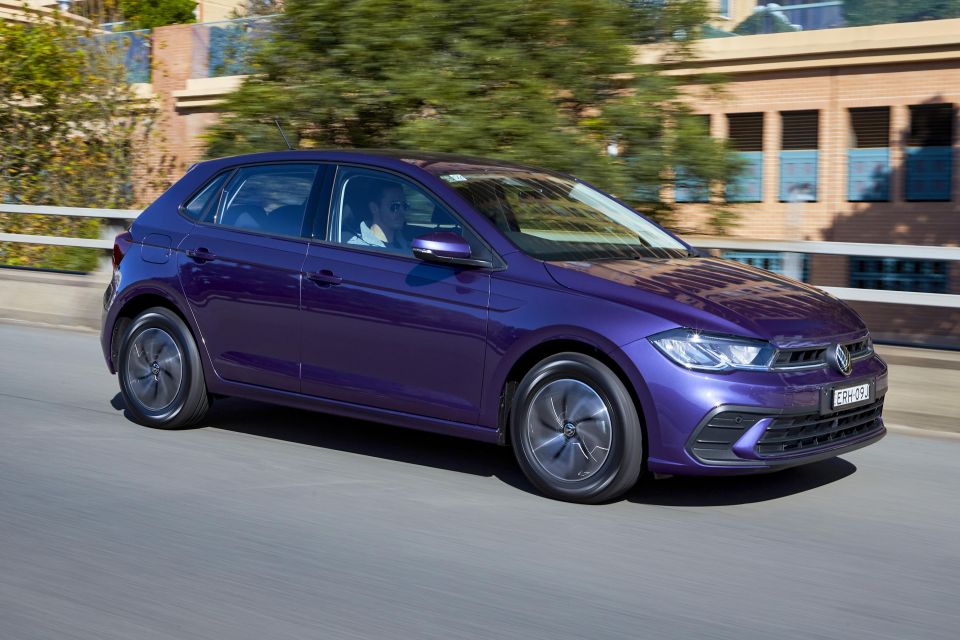
The Life and Style feel right at home in the city, where their light steering, decent all-round visibility, and clear reversing camera make it easy to thread through tight laneways or underground carparks.
It feels like a bigger car on the highway. It’s not battered by crosswinds or buffeted by trucks, and you could happily drive it for hours without getting tired. Wind and road noise are well suppressed, and the lane-keep assist that’s now standard range-wide makes long drives less of a hassle.
It’s a shame Volkswagen forces Life buyers to pay more for adaptive cruise, blind-spot monitoring, and rear cross-traffic alert given the updated car is more expensive, and is meant to be even more grown-up, than before.
For all Volkswagen’s talk about standard armrests and backlit vanity mirrors, a base Yaris gets adaptive cruise and it’s cheaper than the Polo 75TSI manual.
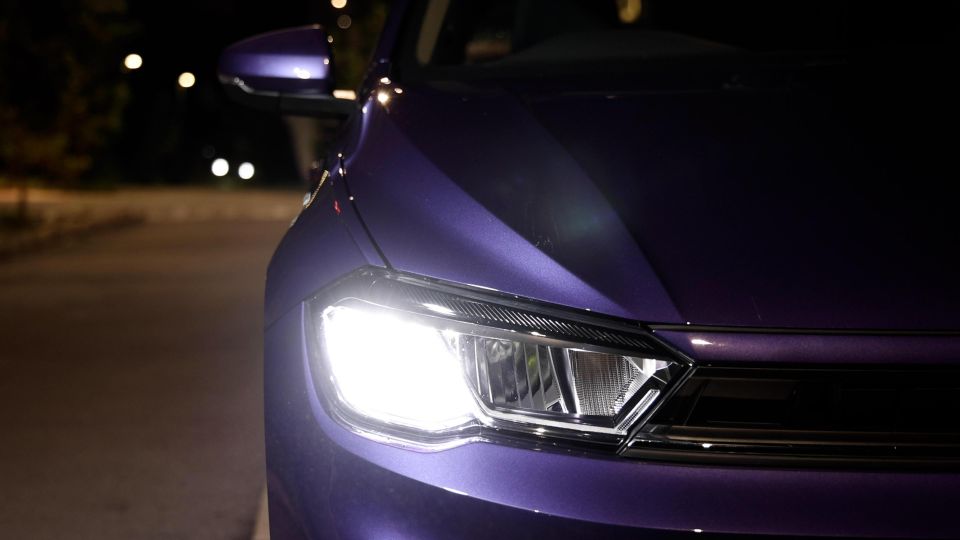
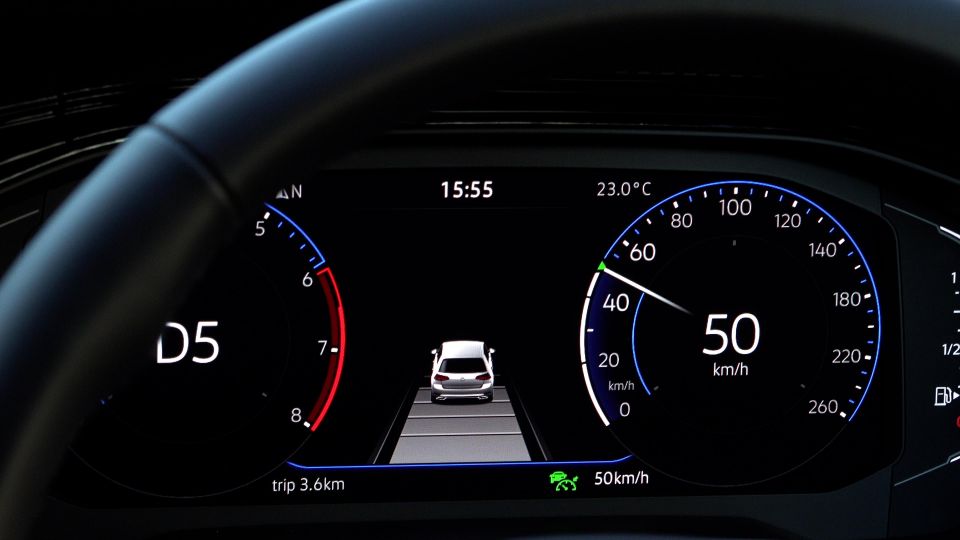

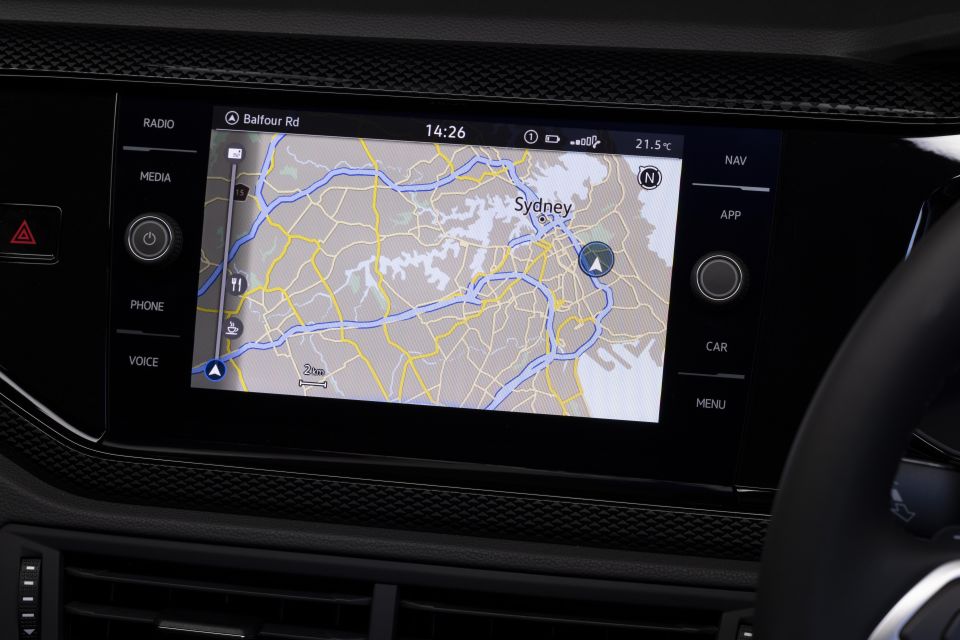
Where expert car reviews meet expert car buying – CarExpert gives you trusted advice, personalised service and real savings on your next new car.
Polo Life highlights:
The Vision & Tech Package ($1700 on Life DSG) adds:
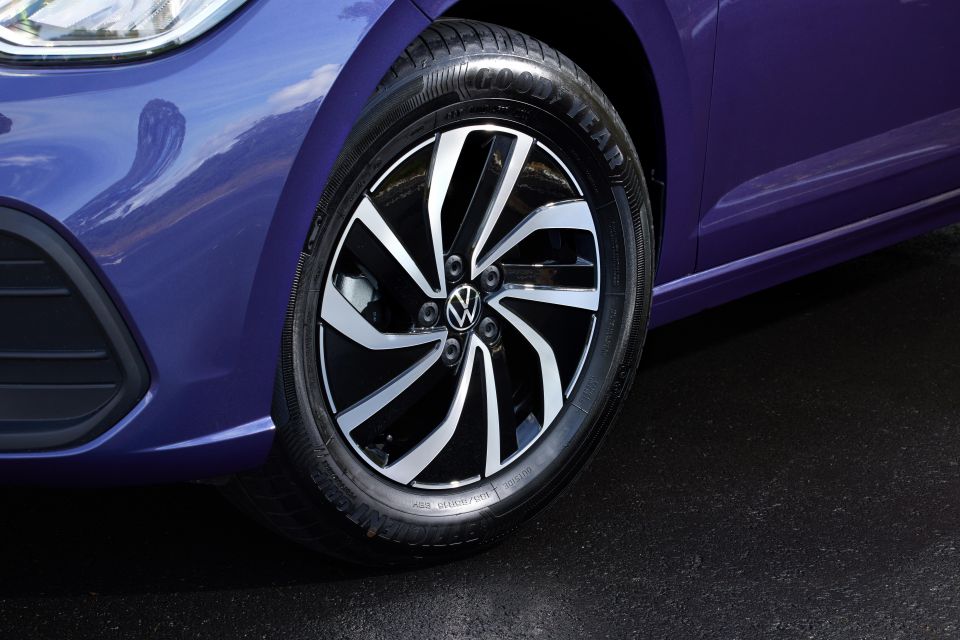
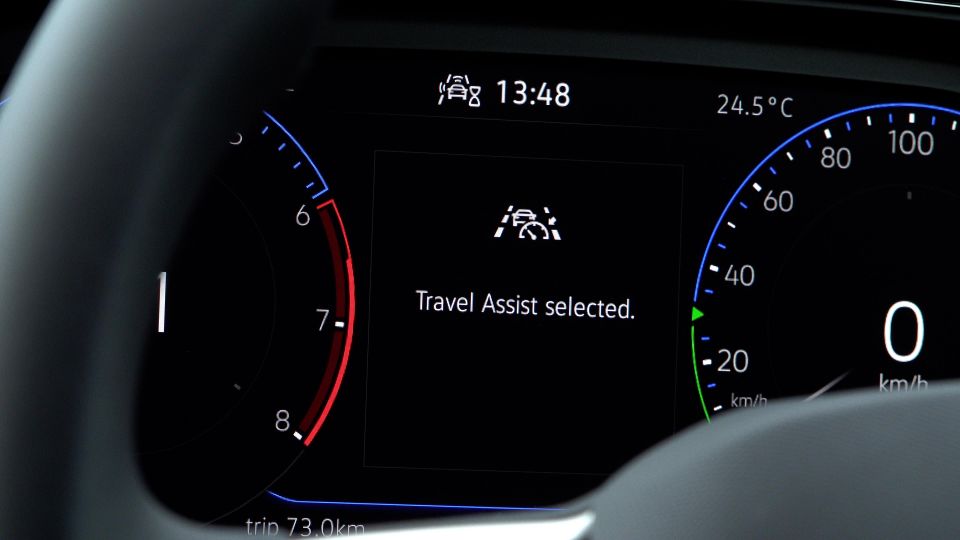
Polo Style adds:
The Sound & Tech Package ($1900) adds:
A panoramic glass sunroof is $1500 on the Polo Style and the Polo GTI.

The Polo has earned a five-star ANCAP safety rating twice. It was tested by Euro NCAP in 2017, and recently re-tested under stricter 2022 protocols.
The updated rating came on the back of scores of 94 per cent for adult occupant protection, 80 per cent for child occupant protection, 70 per cent for vulnerable road user protection, and 70 per cent for safety assist.
Standard safety features include:
Blind-spot monitoring and rear cross-traffic alert are part of an options package on the base Polo Life, and standard on the Style and GTI. Same goes for adaptive cruise control and Travel Assist, the latter combining adaptive cruise and adaptive lane guidance functions for semi-autonomous highway driving.
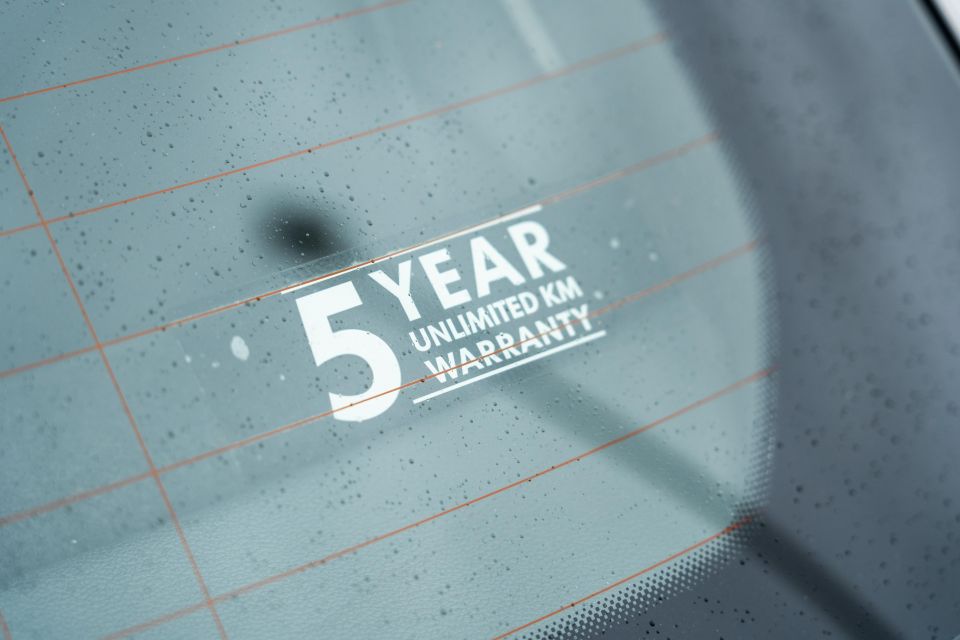
The Volkswagen Polo is covered by a five-year, unlimited-kilometre warranty.
Volkswagen offers three- and five-year servicing plans for its cars.
The Life and Style (1.0 TSI) costs $1050 to service for three years and $1900 for five, while the Polo GTI (2.0 TSI) costs $1200 and $2300 for three and five years respectively.
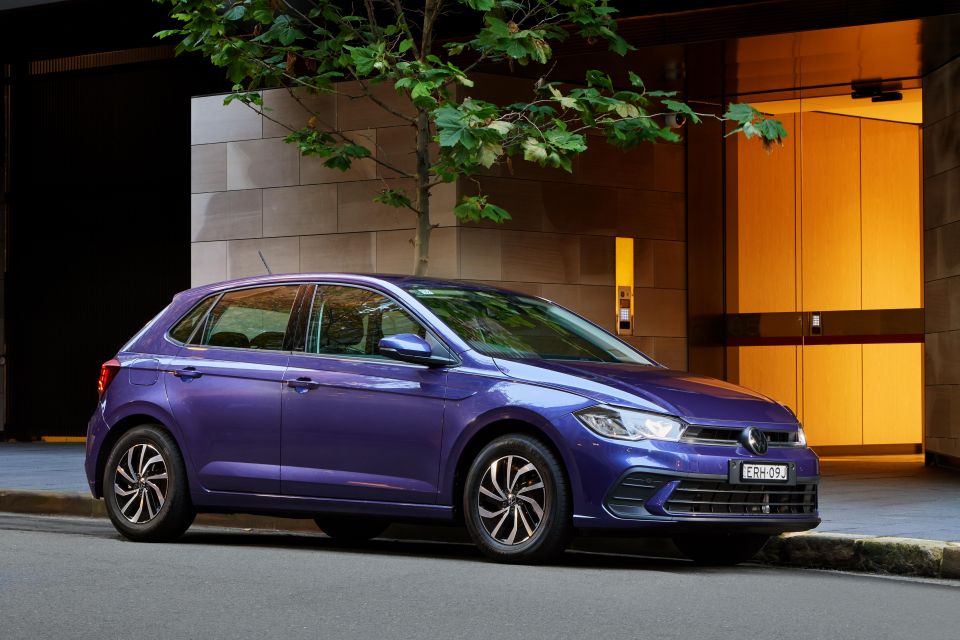
Buy your new car without the stress. It's fast, simple and completely free.

Great service from Travis and team, second time I have used this business would not hesitate to recommend them to anyone
Craig C.
Purchased a Ford Ranger in Sunshine Coast, QLD
CarExpert helped Craig save $7,224 on his Ford Ranger, now let us save you on your next new car.
Get your BEST priceThere’s no doubt the Polo is the most complete little hatchback money can buy.
It’s spacious, refined, and comes with features no rival can match. Volkswagen’s updates have fixed some of the pain points on the current Polo, too, such as the underwhelming halogen headlights on entry cars.
The sticking point is the price. There’s no doubt it’s well equipped, and there’s no arguing it packs enough interior and boot space to take on some of the less practical cars in the class above… but it’s a stark reminder of how far city hatches have moved from their roots.
Where’s the sweet spot? Probably the Polo Style with no options boxes ticked. It brings a strong list of standard features, and commands a reasonable premium over the entry-level Life.

Click the images for the full gallery
Where expert car reviews meet expert car buying – CarExpert gives you trusted advice, personalised service and real savings on your next new car.
Scott Collie is an automotive journalist based in Melbourne, Australia. Scott studied journalism at RMIT University and, after a lifelong obsession with everything automotive, started covering the car industry shortly afterwards. He has a passion for travel, and is an avid Melbourne Demons supporter.


Max Davies
3 Months Ago
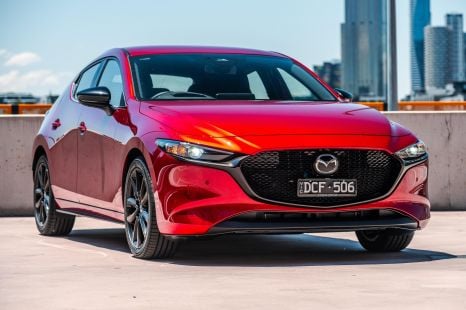

Josh Nevett
3 Months Ago
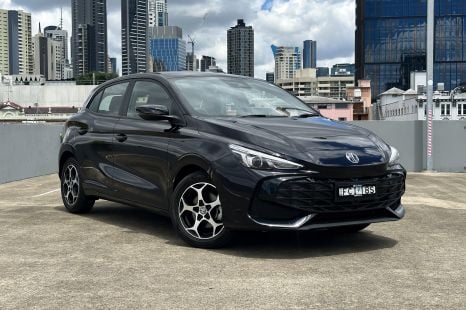

William Stopford
2 Months Ago


Josh Nevett
2 Months Ago


Josh Nevett
2 Months Ago


Matt Campbell
2 Months Ago